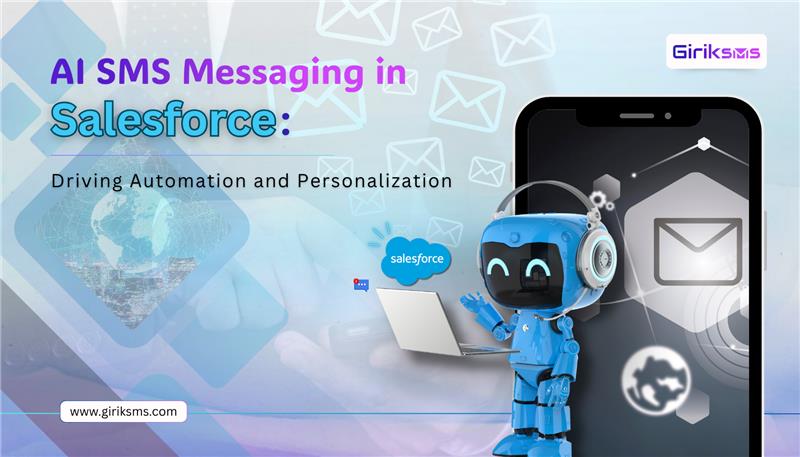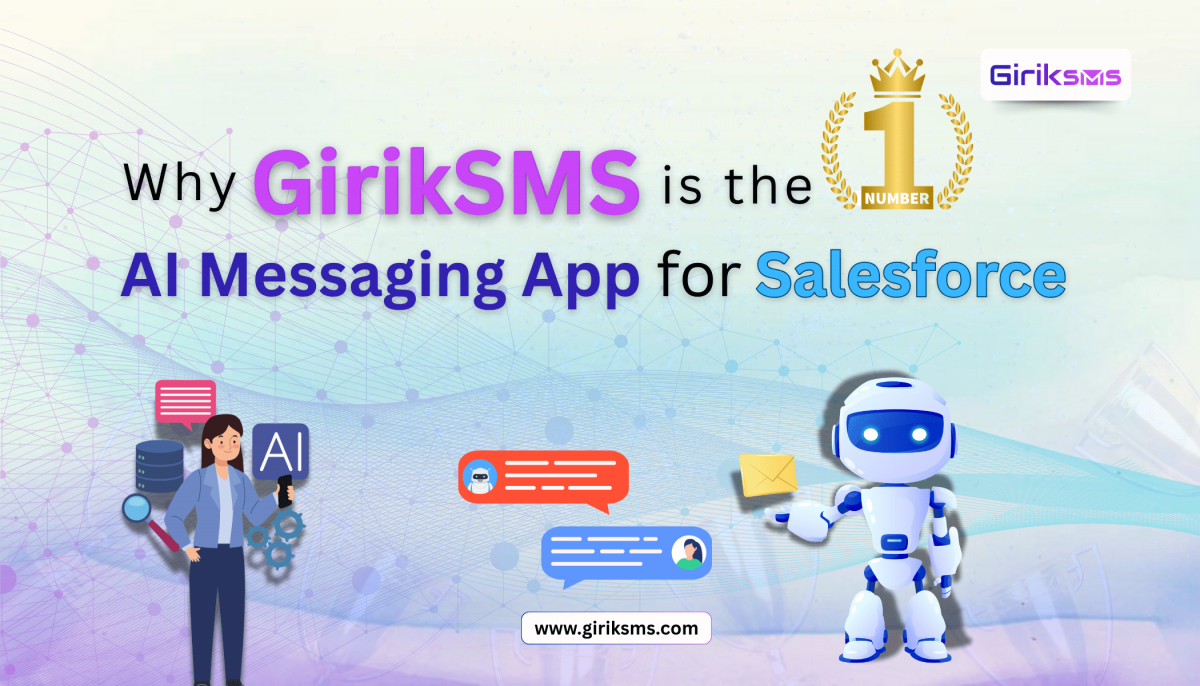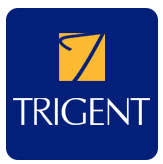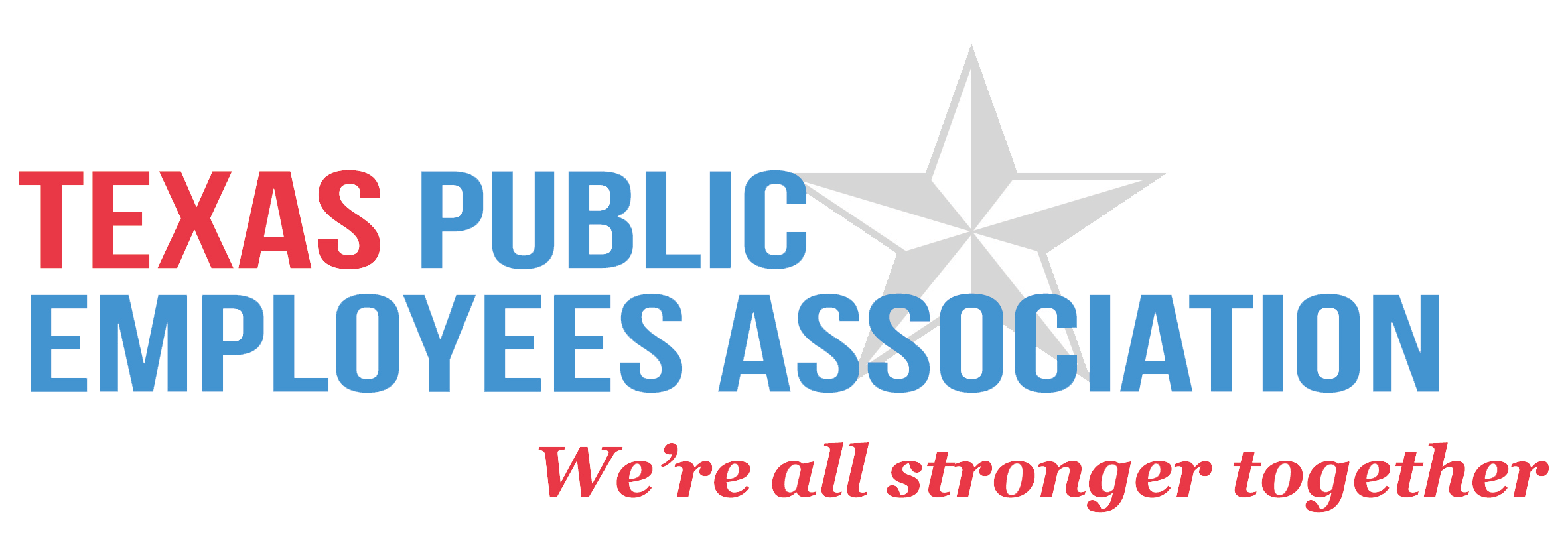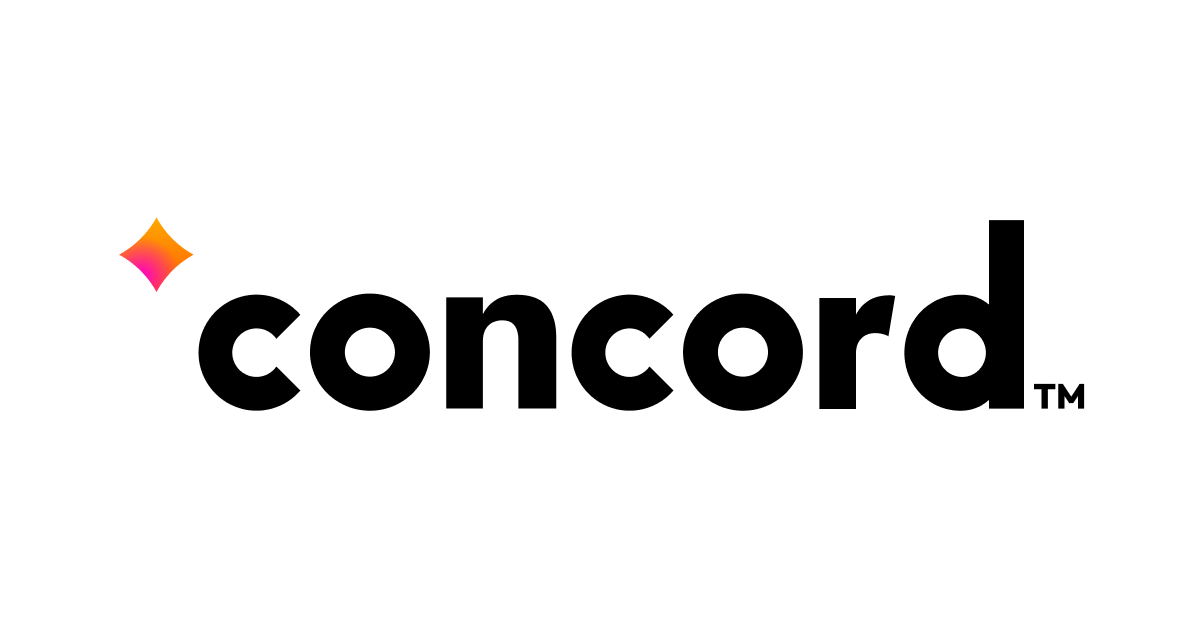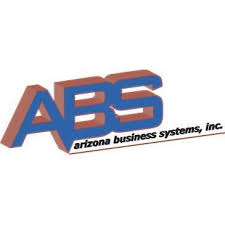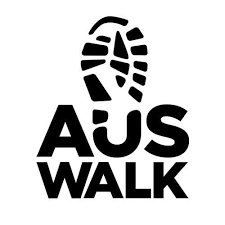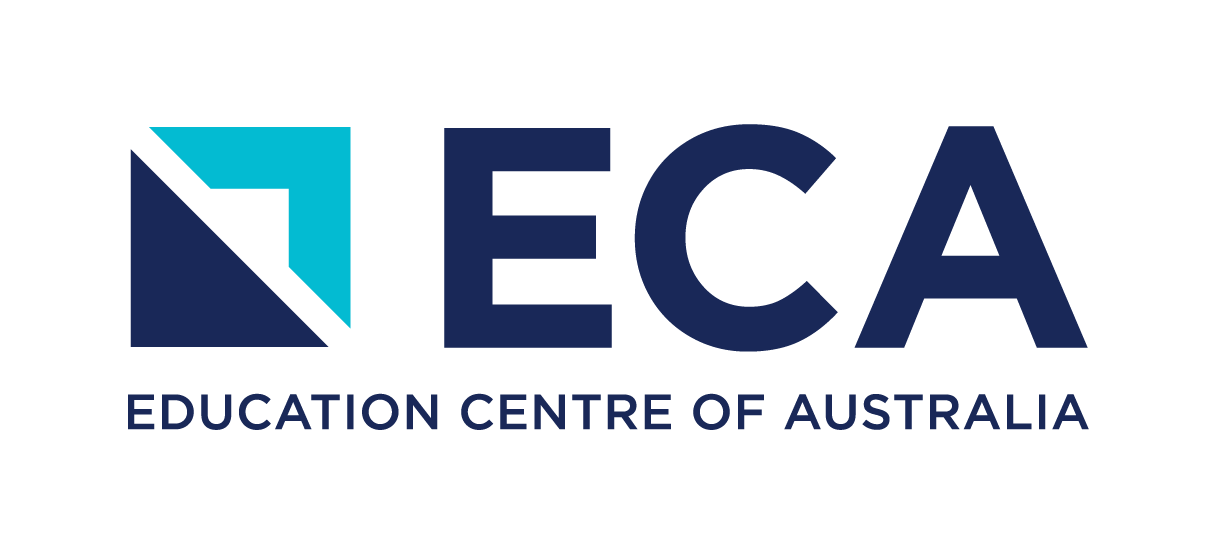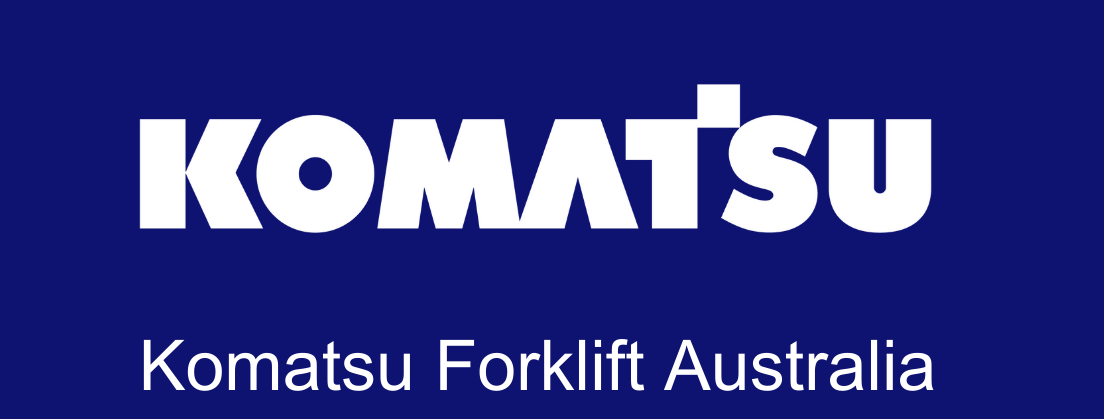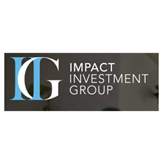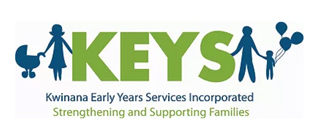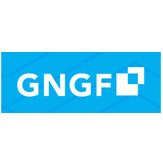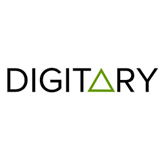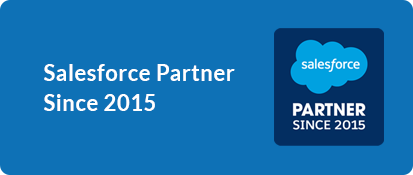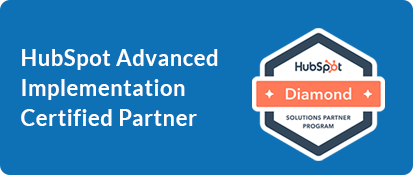Our Blogs
Table of content
- The Illusion of a Clean Start- Data Decay: The Silent Drain on Your CRM Power
- Case in Point: When Good Intentions Aren’t Enough
- So, What Does a Good Data Practice Look Like?
- 1. Establish Data Ownership
- 2. Monitor the Right Metrics
- 3. Automate Hygiene Carefully
- 4. Embed Data Hygiene into Culture
- Final Thought: Data as a Strategic Asset
The Illusion of a Clean Start
At Girikon, as a HubSpot and Salesforce partner, we often meet clients who proudly say, “We did a big cleanup before launch!” That’s great. But when we check back in six months later, reports are unreliable, duplicates are back, and field usage is all over the place.
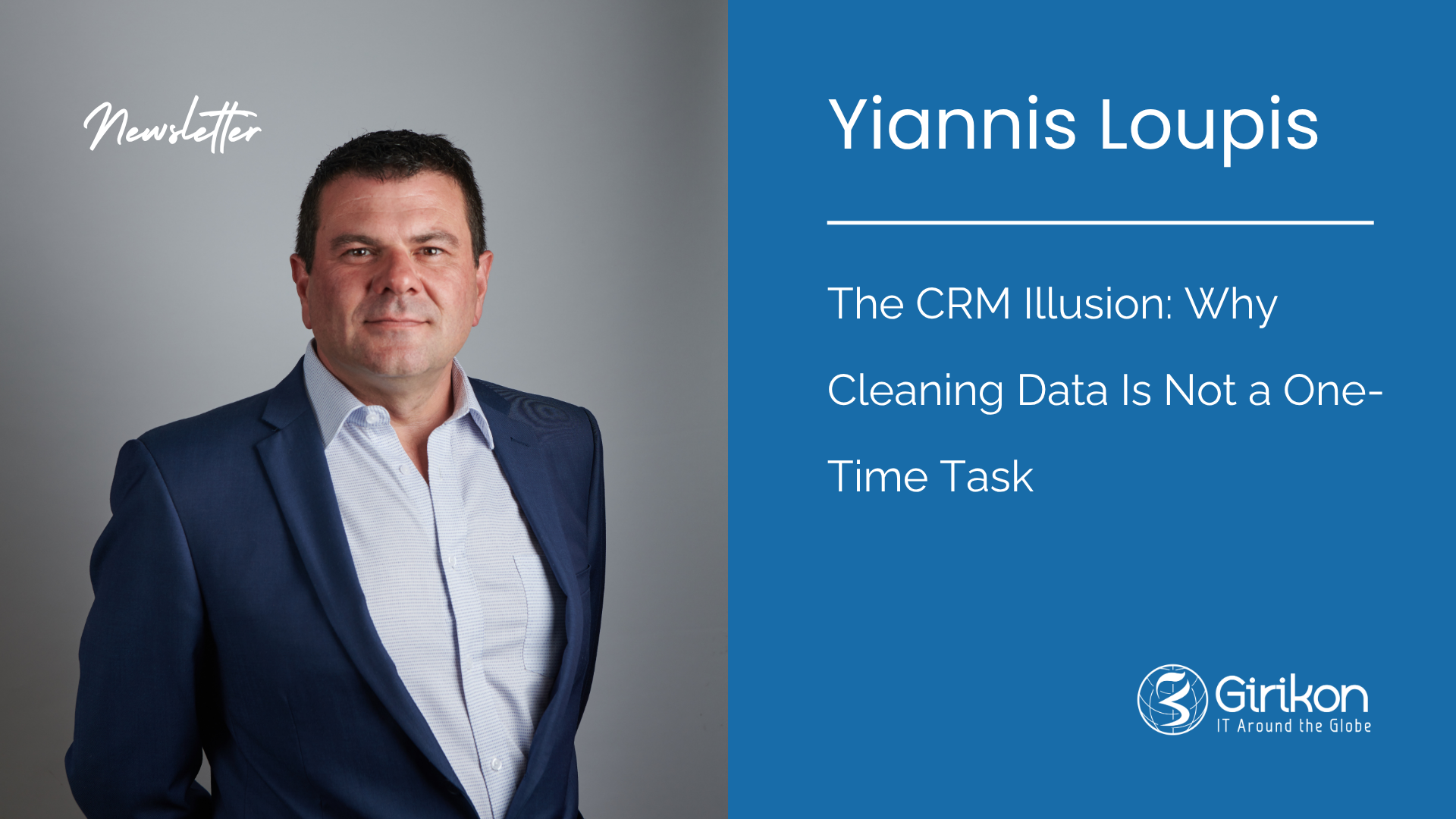
What happened?
Their assumption was that data cleanup is a project with a clear endpoint. But in reality, it’s a discipline that lives beyond go-live.
Just like budgeting, security, or compliance, data governance is a muscle you need to build and maintain, not a checkbox to tick during onboarding.
Data Decay: The Silent Drain on Your CRM Power
We’ve seen incredible CRM implementations undercut by one quiet problem: data decay.
And this problem doesn’t take long to emerge.
According to Experian, up to 30% of CRM data becomes outdated every year. That’s because the world is constantly moving with people changing jobs, moving house or marrying every day. As email addresses get changed, your email communications to them bounce. On top of that, there are situations where information, such as contact details, is entered in a rush, leading to errors, missing details, or inconsistent fields. Over time, this data degradation builds up, slowly at first, then all at once, becomes a real burden.
By the time someone realises the reports aren’t telling the full story, trust in your CRM is already on shaky ground.
Here are just a few symptoms we’ve seen when data hygiene is left unattended:
- Your sales teams waste time chasing duplicate leads or outdated contacts.
- Your reports miss key segments due to empty or incorrectly mapped fields.
- Your operations teams struggle to manually clean spreadsheets before Board meetings.
- Automation errors are caused by inconsistent picklist values or broken naming conventions.
- Your fundraising teams underreport impact due to missing tags or relationship data.
In each of these cases, the platform of your choice can still be powerful, and its setup can still be technically sound, yet the data quality undermines your team’s confidence and performance.
Case in Point: When Good Intentions Aren’t Enough
One of our nonprofit clients had built a beautiful fundraising dashboard. It pulled donation totals, segmented by campaign, and highlighted recurring donors. It was elegant, actionable, and still inaccurate.
Why?
Because the “Recurring Donor” checkbox was inconsistently used across the team. Some used it. Some didn’t. Some relied on a custom field introduced by a past consultant. Others used an automation that hadn’t worked since a payment gateway change six months earlier.
On paper, everything worked.
But in reality, there was no agreement, no ownership, and no audit.
This is what happens when data is treated as a static asset rather than a dynamic responsibility.
So, What Does a Good Data Practice Look Like?
Clean data doesn’t come from a magic tool or a one-off project. It comes from clear roles, smart automation, organisational habits, and executive support.
Here’s what that can look like in practice:
1. Establish Data Ownership
Who owns Contacts? Who owns Opportunities? Who owns Program records or Memberships? Ownership isn’t about doing everything: it’s about being accountable for data health in a specific domain.
Even small organisations benefit from assigning “data champions” to each major object.
2. Monitor the Right Metrics
Don’t wait until someone complains. Track early warning signs like:
- Percentage of records missing required fields
- Number of fields with inconsistent picklist values
- Most recently updated records vs total records
- Automation failure logs
Though these metrics often live outside standard dashboards, they should still be considered the heartbeat of your CRM health.
3. Automate Hygiene Carefully
Salesforce offers a number of powerful automation tools, including:
- Validation Rules: preventing bad data at the point of entry.
- Duplicate Rules & Matching Rules: catching duplicates before they enter the system.
- Scheduled Flows or Apex Jobs: automating cleanup (e.g. flagging stale Opportunities).
- Third-Party Tools: apps like Cloudingo, Validity DemandTools, and Own’s Archive can scale your efforts.
Just remember not to overdo it, as automation without a clear strategy can create confusion, conflicting processes, or isolated data across teams.
4. Embed Data Hygiene into Culture
Data accuracy shouldn’t be a technical chore. It should be a shared mindset.
This means:
- Training staff on why clean data matters for their own KPIs
- Creating feedback loops for missing or confusing fields
- Reinforcing good habits in one-on-one and team meetings
- Recognising people who uphold data standards
It’s also about making cleanup part of the rhythm. We’ve seen clients run “data sprints” quarterly, just like retros or reviews, and they work.
Final Thought: Data as a Strategic Asset
Organisations need to make the shift from a “We cleaned the data already” mindset to “We’re actively maintaining the integrity of one of our most valuable assets” mindset.
Your CRM data is not just a record of the past. It’s the foundation for your organisation’s future decisions.
Invest in tools, yes. But also invest in ownership, processes, and ongoing care.
At Girikon, we help clients go beyond implementation. We help them build CRM resilience, the kind of long-term capability that ensures Salesforce and HubSpot continue to work for you, not against you.
So next time you review your CRM roadmap, ask not just “What features do we need?”, but also:
“What habits do we need to keep our data clean and our business confident?”
Because cleaning data isn’t a one-time job. It’s an organisational priority.
—-
If you’re starting to wonder whether your CRM data might be holding you back, we’ve put together a quick read with our Database Consultants Australia (DCA), our Data Specialist partner: 5 Warning Signs Your CRM Might Be Causing Trouble. It’s a quick read that highlights some of the common red flags we see when data hygiene starts to slip. For a deeper dive into how we help teams clean, optimise, and activate their CRM data, explore our CRM Optimisation Services or connect with us for a complimentary consultation.

 +61-1300-332-888
+61-1300-332-888 +1-480-241-8198
+1-480-241-8198